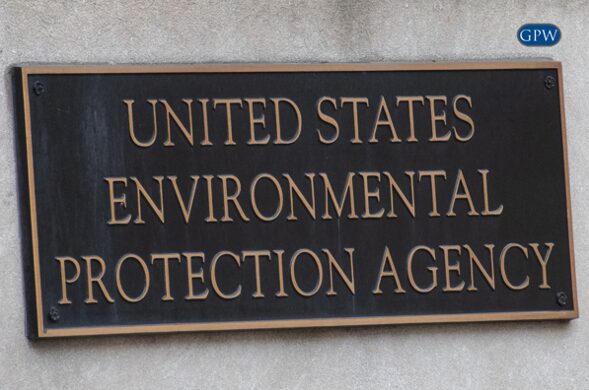Asbestos Particles Invisible to the Naked Eye Exposed Through Light
Even though there is no safe level of asbestos exposure, the more a person is exposed to asbestos, the more likely he or she will develop an asbestos-related condition. Part of this is because there is such a long latency period between asbestos exposure and illness and many have forgotten they even worked with the mineral. Further complicating the connection between asbestos and asbestos-related disease is the lack of knowledge regarding the presence of asbestos in the workplace. Workers may have been unaware they were even handling the deadly carcinogen, and while that is a major contributing factor, there are many instances of workers who knew they were working with asbestos, but felt that their exposure was too minimal to consider it being a threat.
Asbestos particles that could not be seen with the naked eye provided a false sense of comfort to workers who knew the carcinogen was in their work place. If they could not see the fibers, how dangerous could the exposure be? A scientific discovery that dates back to the 19th century explains how we know asbestos fibers are present, even if we cannot see them. This phenomenon, known as the Tyndall Effect, uses light to visualize particles of matter that are not visible to the naked eye. When light passes through a colloid – a mixture in which particles not settle out (smoke, fog, paint, ink, etc.), – particles reflect the light, and allow it to become visible. Dust particles become visible through a sun beam entering through a window; fog can be seen more easily through headlights on a car illuminating the road ahead. This effect has been applied to asbestos dust particles to show just how much factories, shipyards, mines, and construction sites were contaminated.
The airborne fibers could contaminate a much larger area through venting and affect those who did not even handle asbestos or asbestos-products. Working conditions that seemed only slightly dusty could have a considerable amount of asbestos fibers contaminating the air. For many workers, asbestos exposure was inevitable and decades later, these workers are suffering from asbestos-caused illnesses such as lung cancer, mesothelioma, and asbestosis.
The asbestos attorneys at Goldberg, Persky & White, P.C., (GPW) have represented thousands of mesothelioma, lung cancer, and asbestos-disease victims. GPW’s combination of evidence, experience, and expertise allow them to aggressively represent clients; fighting for compensation they deserve. Find answers to common questions our asbestos attorneys are asked, read about our experienced mesothelioma lawyers, or feel free to contact our mesothelioma attorneys directly with questions.



